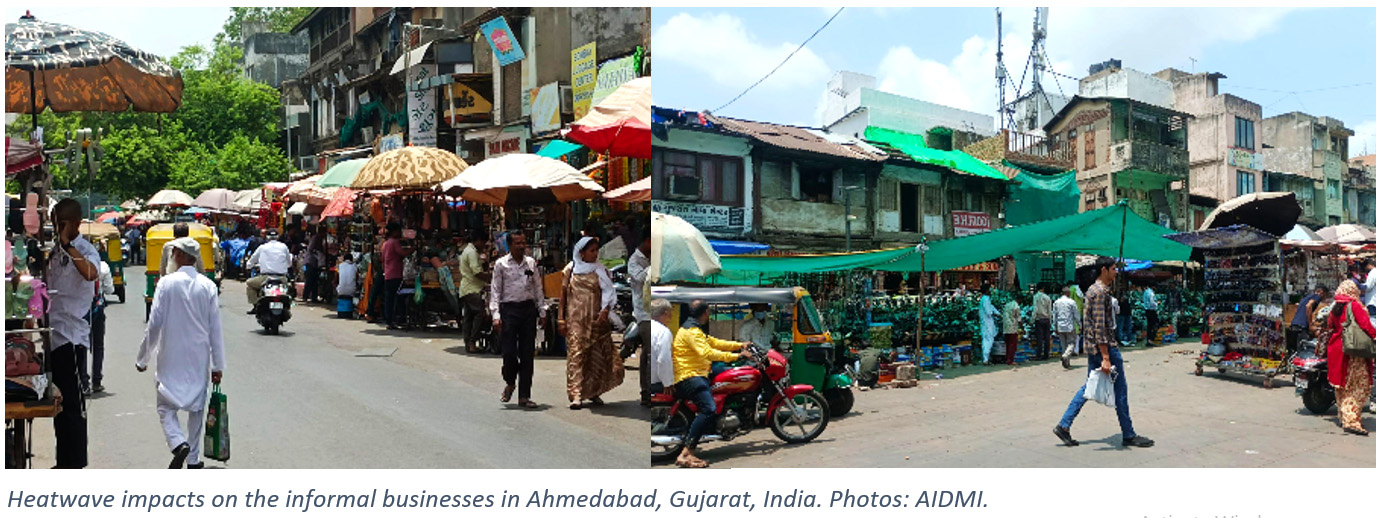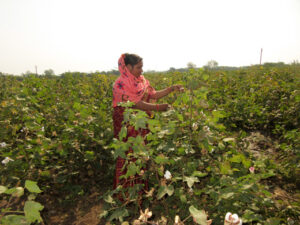
By Vishal Pathak, AIDMI, India

Crop insurance could help farmers manage the risks of an uncertain future. The government of India and state governments are taking several strong actions for farmers and farmers’ organisations. More things can be done based on the progress and ground needs. Improvement in its coverage, affordability and effectiveness are some of the areas. The links between crop insurance and other risk reduction and adaptation measures, including government programmes and community-led initiatives, could also be better understood. Following are recent study[1] findings specific to extreme heat that have been done in key cotton-producing areas of India.
India is the world’s largest cotton producer, accounting for nearly a quarter of global production. The cotton sector is crucial for India’s economy and supports the livelihoods of approximately six million farmers. However, climate change — specifically more frequent periods of extreme heat — poses a significant threat to the livelihoods of smallholder farmers, especially women, who depend on this crop, and it is a critical risk to the global textile supply chain.
India is the seventh most vulnerable country globally with respect to climate extremes (Eckstein et al. 2020). Heatwaves are becoming more frequent and are lasting longer, and this pattern is projected to continue (Mohanty and Wadhawan 2021).
Despite the introduction of BT cotton, pests and diseases still cause significant losses in cotton production (Madasamy et al. 2020), and these are exacerbated by unfavourable soil and climatic conditions, which will become worse over time due to the heatwaves, wildfires and drier conditions predicted (Forum for the Future et al. 2021).
We surveyed 360 cotton farmers from the Gujarat and Maharashtra states of India. Small farmers were chosen from the major cotton-producing regions. Many households have experienced a hotter, drier climate over the past five years. Most respondents reported experiencing longer dry spells (72%), higher average temperatures (64%), greater number of days with extreme heat (64%) and reduced number of rainy days (69%).
Climate change presents clear threats to farmers’ livelihoods, especially women. This is evident from the perceived loss of income related to the increased frequency of climate-related challenges like heatwaves and erratic rainfall. Evidence from this study confirms the high impact of heatwaves on small farmers, and the uptick in frequency of extreme events.
[1] Guarín, A, Blackmore, E, Pathak, V, Nicolini, G, Morell-Ducós, J and Kelly, L (2024) Building resilience for cotton farmers in India: evidence from Gujarat and Maharashtra. IIED, London. Published by IIED (September 2024).
https://www.iied.org/sites/default/files/pdfs/2024-09/22481IIED.pdf.